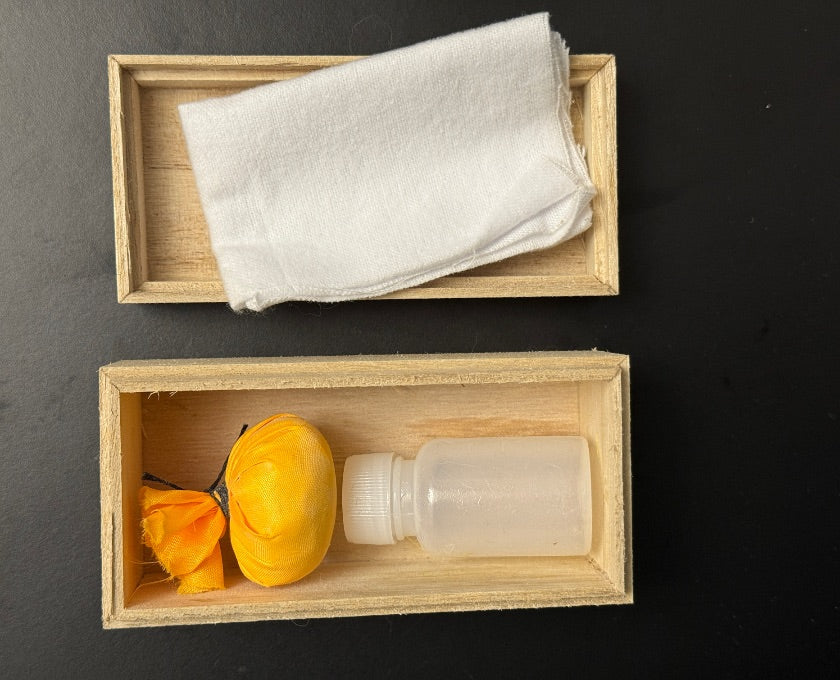
What Is “Sori”? “Sori” means the curve of a katana. If you draw a straight line from the tip of the blade to the bottom of the back edge, the distance from that line to the deepest part of the curv...

You may have seen many different katanas, but you might have overlooked that katana blades also come in many types. The most common blade shape today is shinogi-zukuri—this is what you’ll usually s...

you got a katana. great. but now what? holding it right is where everything starts. and no, it’s not just grabbing the handle and swinging like in anime. let’s keep it simple, clear, and actually u...
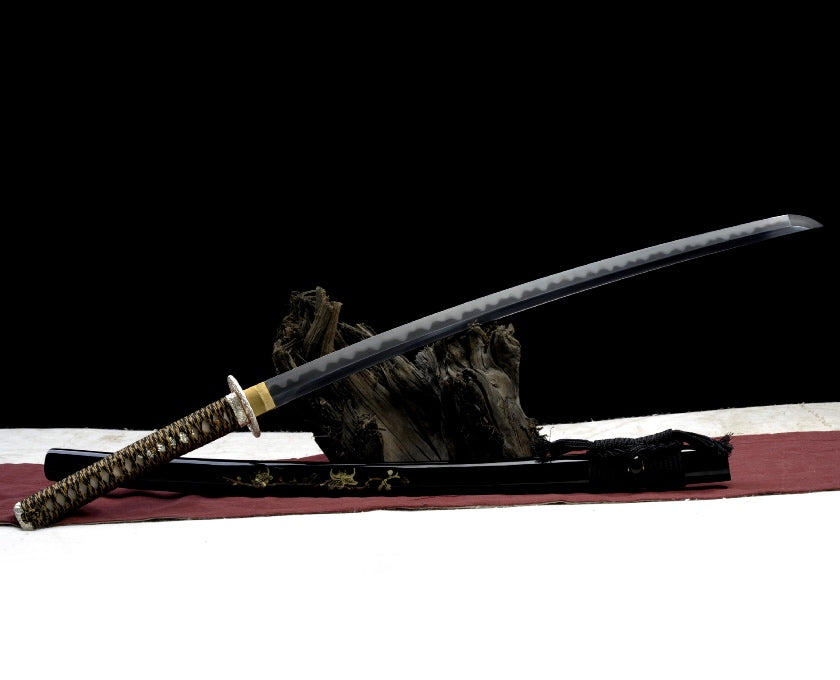
Katana prices vary widely — an antique-grade katana can sell for tens of thousands of dollars, while a modern real katana made from steel might cost just a few hundred. That’s a price gap of more t...
Alright, let’s dive into the world of katana care. Just like cars, boats, or other high-maintenance gear, swords need regular care. This is especially true for iconic pieces like the katana, which ...
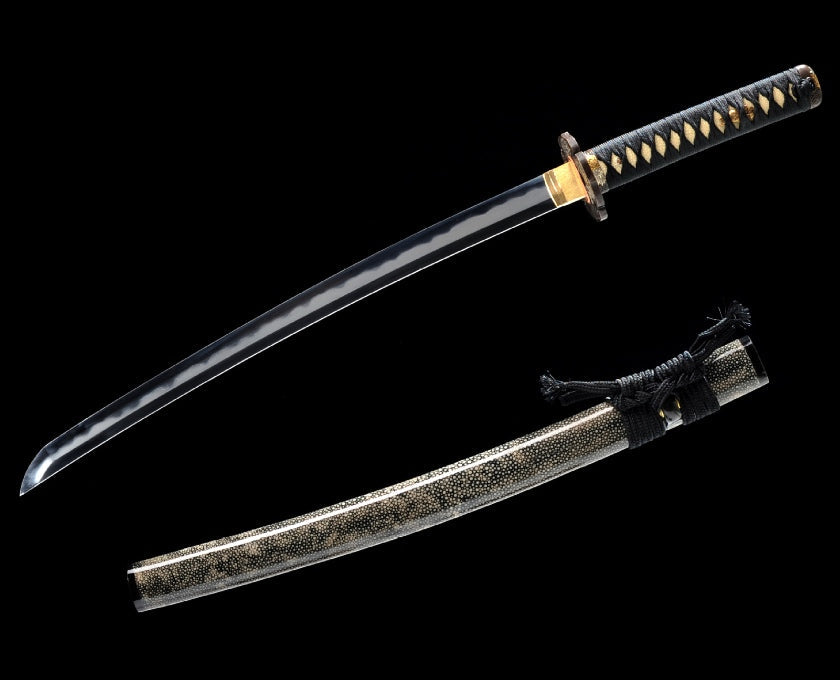
wakizashi’s not just a short katana. You’ve probably heard of the katana—everyone has. Long, curved, legendary. But what about the other one? The smaller katana. The blade that never left a samurai...
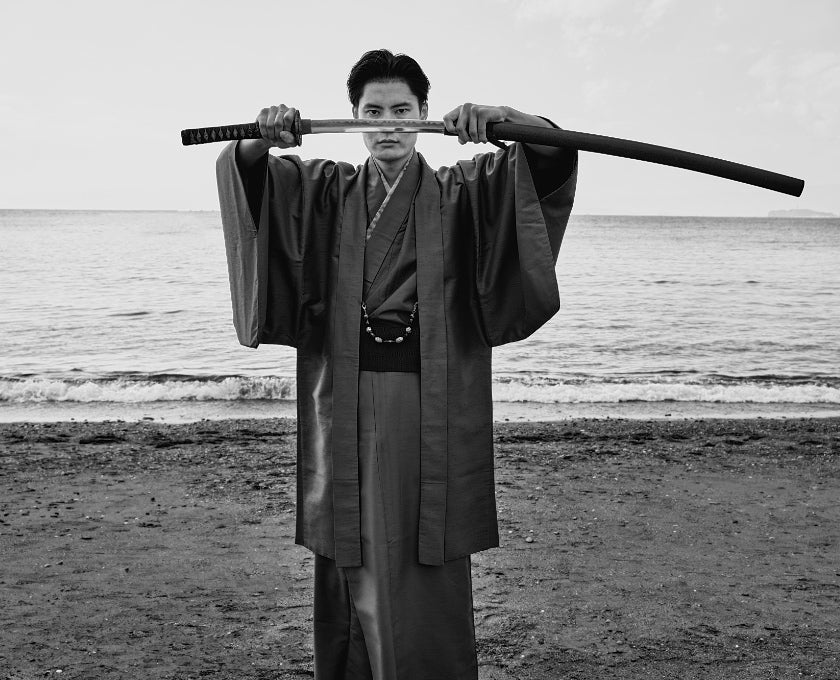
Understanding the Weight and Balance of the Samurai Sword When people imagine a katana, they often focus on its elegant curve, deadly edge, or cultural symbolism. But another crucial detail defines...
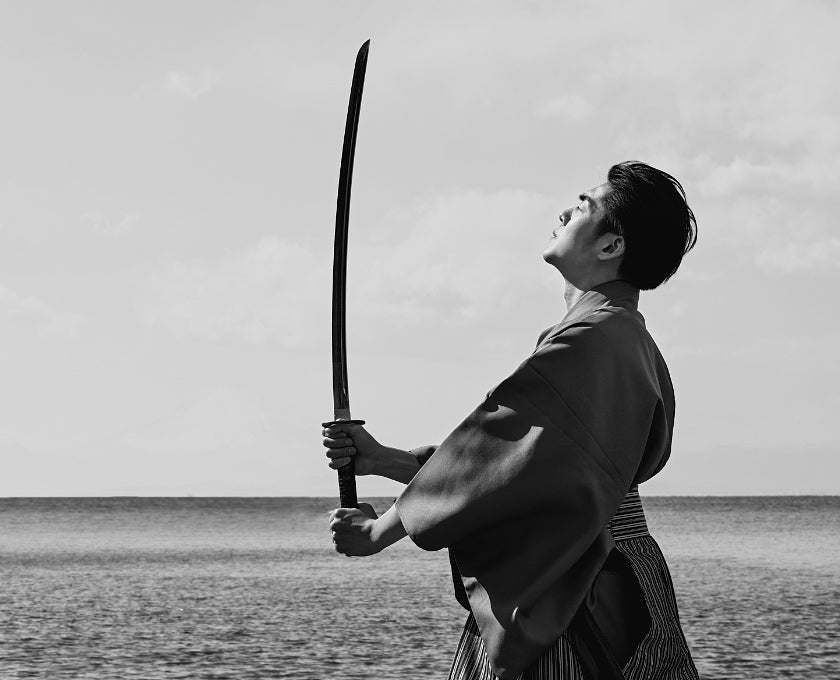
The Definitive Guide to Samurai Sword Lengths The Katana is arguably the most recognized sword in the world—curved, sleek, and steeped in centuries of samurai tradition. But for collectors, martial...
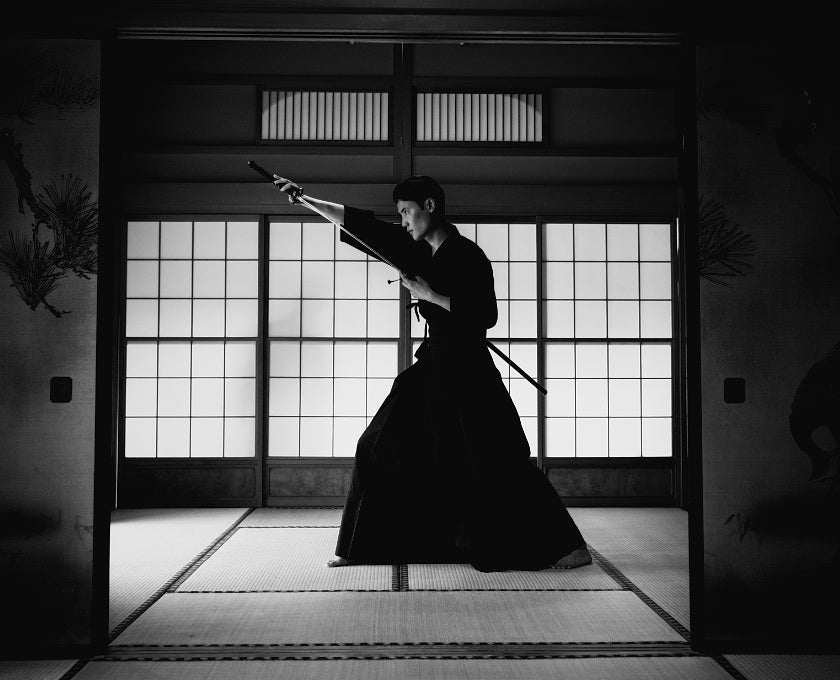
Unveiling the History, Craftsmanship, and Soul of the Samurai Sword The katana is arguably the most iconic Japanese sword ever forged. Renowned for its graceful curvature, keen edge, and deep spiri...




